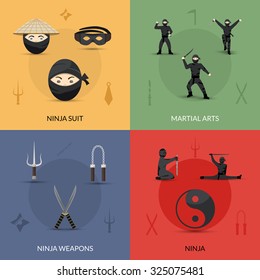Standard Martial Arts And Modern Combat Sports: A Detailed Summary Of Their Distinct Differences
Standard Martial Arts And Modern Combat Sports: A Detailed Summary Of Their Distinct Differences
Blog Article
Created By-Ware Haagensen
When you consider martial arts, do you lean extra towards the conventional techniques or the modern-day fight sporting activities? Each path supplies special benefits and experiences, shaped by their approaches and training techniques. Traditional martial arts highlight personal development and discipline, while modern battle sports concentrate on competitors and performance. Recognizing these differences can assist you in selecting the appropriate technique for your journey. But just how do these differences show up in training and approach?
The Philosophy and Background Behind Typical Martial arts
While many people link martial arts with physical combat, the ideology and background behind conventional martial arts run much deeper. You'll discover that these techniques emphasize individual development, technique, and respect.
Stemming from ancient techniques, typical martial arts were typically established for Self-Defense and spiritual advancement. They embody concepts such as balance, harmony, and self-constraint, assisting practitioners past plain battling abilities.
As you train, you'll not just learn strategies however likewise obtain understandings into the culture and values that shaped these arts. martial arts for beginners and customs, frequently passed down with generations, foster a feeling of area and belonging.
The Affordable Nature of Modern Combat Sports
Modern combat sporting activities have changed the landscape of martial arts right into a very competitive arena, where professional athletes take on in an examination of skill, method, and endurance.
You'll notice that competitors are often organized with rigorous policies and guidelines, ensuring fair play and safety. These events bring in large audiences, fueling the enjoyment and intensity of matchups.
Athletes educate rigorously, not just for physical expertise but likewise for psychological sturdiness, knowing that every detail counts in the ring. The adrenaline rush throughout competitors is apparent, as competitors push their limits to declare triumph.
Followers appreciate the athleticism and creativity involved, making modern-day combat sports a thrilling phenomenon that continues to develop and astound enthusiasts around the world.
Training Methods and Techniques: A Relative Analysis
The affordable environment of modern combat sporting activities needs cutting-edge training techniques that vary significantly from traditional martial arts.
In will my bullmastiff protect me -day training, you'll focus on certain techniques, sparring, and conditioning, often using drills that simulate actual fight situations. You'll see a focus on measurable efficiency and constant competitors to examine your skills.
On the other hand, standard martial arts focus on kinds, katas, and philosophical mentors, commonly emphasizing discipline and regard over competition.
Training is normally less intense and may involve recurring technique as opposed to real-time sparring.
While both techniques build skill and physical fitness, contemporary combat sports offer an extra dynamic and adaptable training environment, preparing you for prompt challenges in the ring or cage.
Choose the course that lines up with your goals and passions.
Verdict
In selecting between standard martial arts and modern combat sporting activities, it truly comes down to what you value most. If you're searching for personal growth, discipline, and a sense of community, traditional arts might be your finest fit. But if is mixed martial arts good for kids thrive on competition and real-time challenges, modern-day combat sporting activities could be the means to go. Eventually, both courses offer distinct advantages, so it's all about straightening your training with your individual goals and interests.
